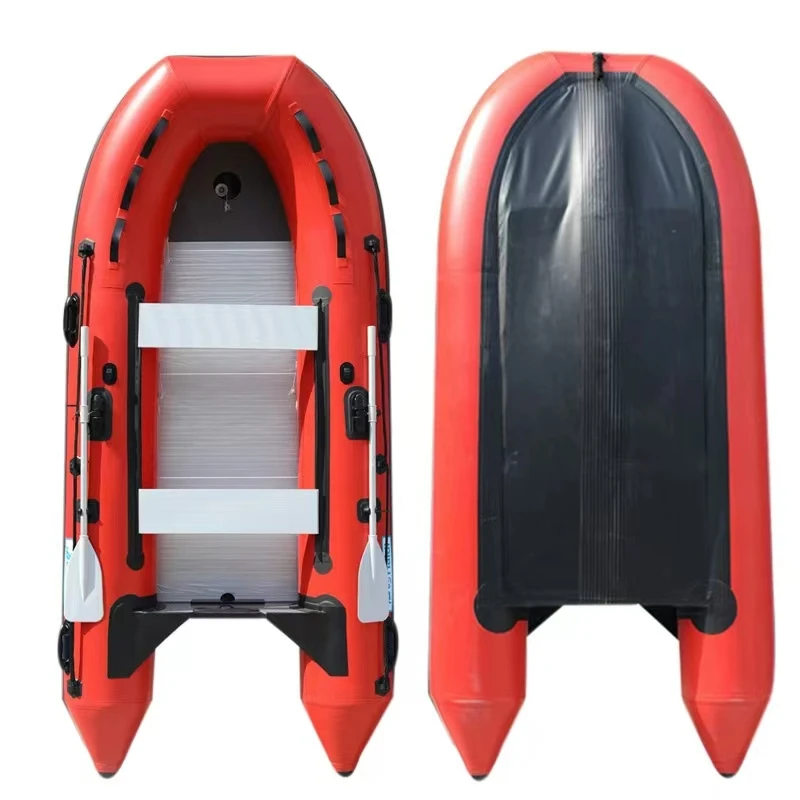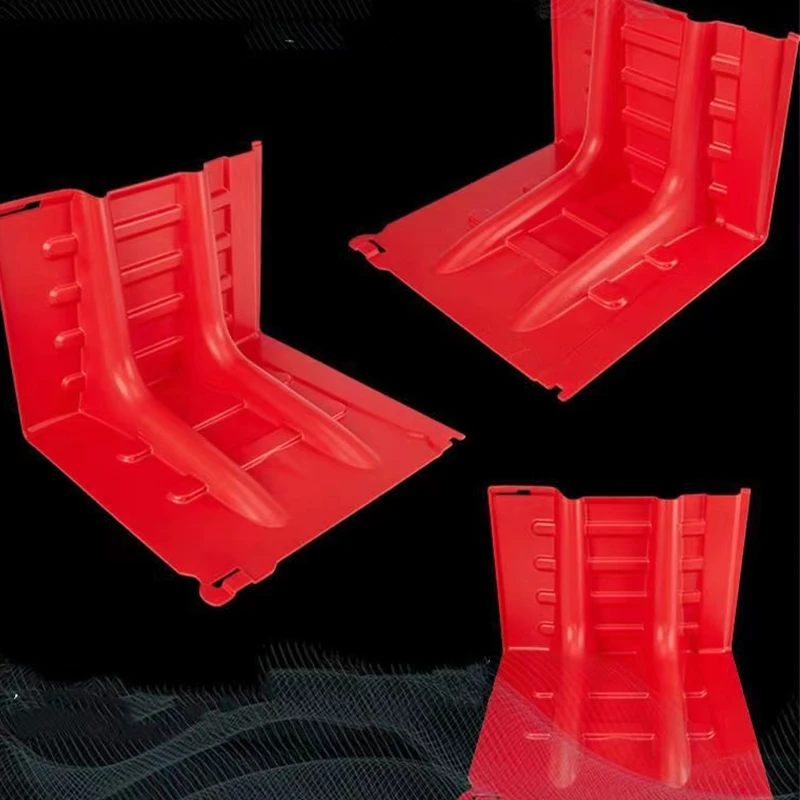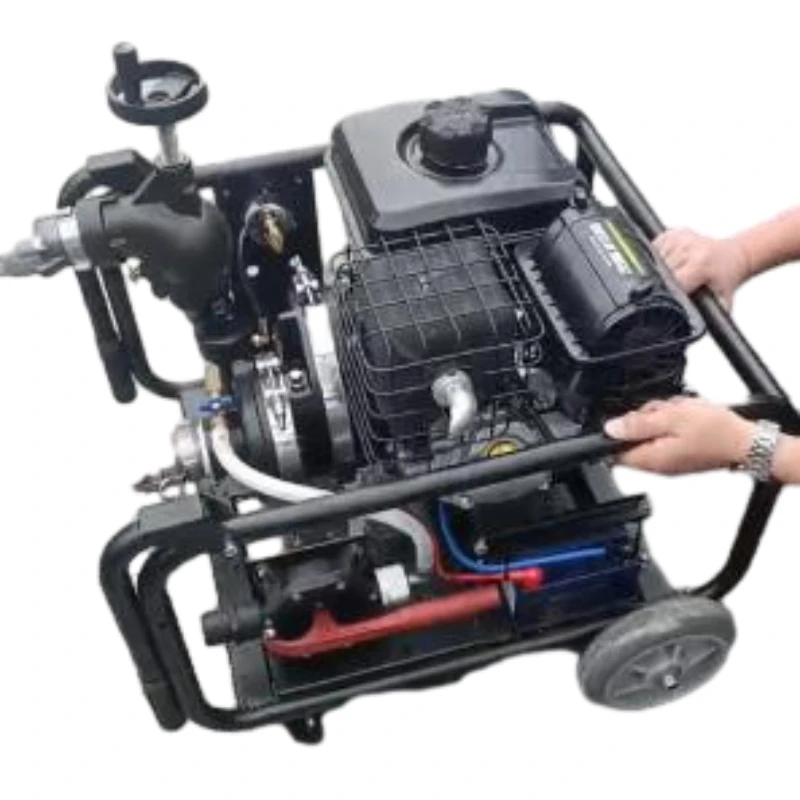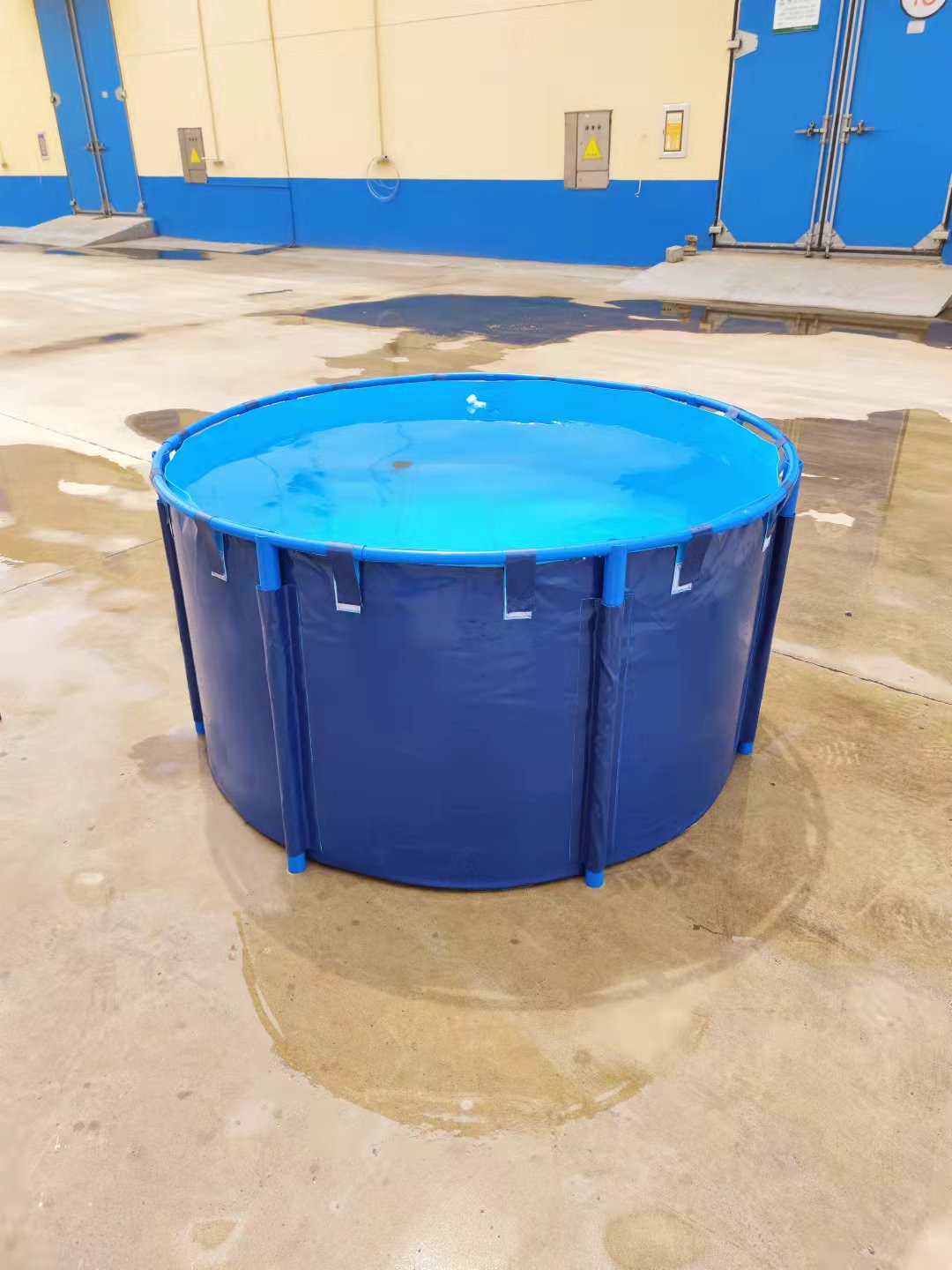Introduction to Advanced Fire Safety Solutions
In high-risk industrial environments, the imperative for robust personal protective equipment (PPE) cannot be overstated. Among the critical components of a comprehensive safety protocol, the Fire Proof Suit stands as a paramount safeguard, offering critical protection against extreme thermal hazards. These specialized suits are engineered to withstand intense heat, direct flame exposure, and radiant heat, providing vital time for egress or intervention in catastrophic scenarios. This document delves into the sophisticated world of fire-proof suits, covering their technical specifications, application versatility, manufacturing precision, and critical role in modern industrial safety.
The evolution of fireproofing technologies has been driven by the need to protect personnel in increasingly hazardous environments, ranging from petrochemical refineries and metallurgical plants to emergency response operations. Modern fire-proof suits are a culmination of advanced material science, ergonomic design, and rigorous testing, ensuring both maximum protection and operational functionality for the wearer.

Industry Trends in Thermal Protection Technology
The market for advanced thermal protective clothing, including the Fire Proof Suit, is experiencing dynamic growth, propelled by heightened safety regulations and the expansion of high-hazard industries globally. Key trends include the integration of lightweight yet highly durable materials, enhanced breathability for reduced heat stress, and the incorporation of smart technologies. There is a strong push towards multi-layered composite fabrics that offer superior thermal insulation while maintaining flexibility and wearability. Nanotechnology is also emerging, promising materials with even greater fire resistance and reduced bulk.
Recent innovations focus on improving physiological comfort without compromising protection. This includes moisture-wicking inner layers, optimized ventilation systems, and ergonomic designs that distribute weight evenly and allow for unrestricted movement. Furthermore, the demand for suits capable of enduring extreme temperatures, often exceeding 1000°C for short durations, is driving research into novel high-performance fibers and coatings.
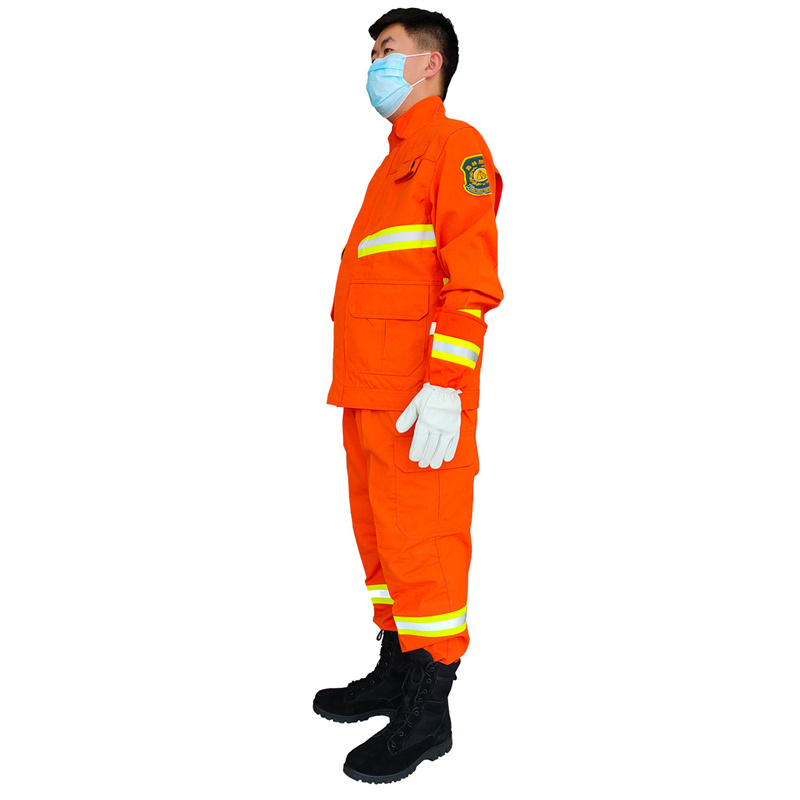
Manufacturing Process of a Fire Proof Suit
The production of a high-performance Fire Proof Suit is a meticulously engineered process, combining advanced textile manufacturing with stringent quality control. It is far from a simple assembly of fabrics; rather, it involves sophisticated material selection and layering techniques.
Process Flow Diagram (Conceptual HTML Representation)
Acquisition of specialized fibers (e.g., Aramid, PBI, PBO, carbon fiber blends) and reflective outer shells. Rigorous incoming inspection for material integrity, weave consistency, and flame retardancy.
Precision layering of outer shell, moisture barrier, thermal barrier, and inner liner. Advanced lamination techniques (e.g., adhesive bonding, thermal fusion) ensure structural integrity and functional performance.
CNC-guided precision cutting of laminated fabrics. Expert tailoring and stitching using high-tensile, heat-resistant threads (e.g., Nomex®) to form suit components, ensuring durable seams and ergonomic fit.
Attachment of specialized components: heavy-duty zippers, reflective trim, reinforced knee/elbow pads, integrated gloves, and boots. Seam sealing (e.g., ultrasonic welding) for enhanced impermeability.
Comprehensive testing including thermal performance (radiant and convective heat), flame spread, tear strength, water penetration resistance, and ergonomic fit. Adherence to standards like NFPA 1971, ISO 11612, and EN 469.
Final product undergoes third-party certification. Careful packaging and documentation to ensure safe delivery and compliance with all regulatory requirements.
Product Materials: High-performance fire-proof suits typically utilize a multi-layer system. The outer shell often comprises aluminized PBI/Kevlar® blends for radiant heat reflection and extreme thermal resistance. The moisture barrier, frequently made of PTFE or polyurethane-coated fabrics, prevents water ingress while allowing perspiration to escape. The thermal barrier, crucial for insulation, can consist of multi-layer aramid felts or quilted Nomex®/FR viscose. The innermost layer provides comfort and additional flame resistance.
Testing Standards: Compliance with international standards is paramount. Key standards include NFPA 1971 (Standard on Protective Ensembles for Structural Fire Fighting and Proximity Fire Fighting), ISO 11612 (Protective clothing - Clothing to protect against heat and flame), and EN 469 (Protective clothing for firefighters). These standards dictate minimum performance requirements for thermal protective performance (TPP), radiant protective performance (RPP), flame spread, heat resistance, and tensile strength.
Service Life: A well-maintained Fire Proof Suit, subject to regular inspection and professional cleaning, typically has a service life of 5-10 years, depending on usage intensity and environmental exposure. Regular inspections for tears, abrasions, seam integrity, and material degradation are critical.
Target Industries: The primary users of these suits are found in petrochemical, oil & gas, metallurgy, aluminum smelting, glass manufacturing, waste incineration, and emergency response sectors (e.g., industrial fire brigades, hazmat teams). These environments routinely expose personnel to extreme heat, molten metal splash, or direct flame, making advanced thermal protection indispensable.

Technical Specifications and Performance Parameters
Understanding the granular technical specifications of a Fire Proof Suit is crucial for procurement decision-makers. These parameters dictate the suit's effectiveness in specific hazardous scenarios.
Representative Product Specification Table
| Parameter | Typical Value/Description | Standard Reference |
|---|---|---|
| Outer Shell Material | Aluminized PBI/Kevlar® blend (7.5 oz/yd²) | NFPA 1971 |
| Moisture Barrier | PTFE-coated Nomex®/Kevlar® (4.5 oz/yd²) | EN 469:2020 |
| Thermal Barrier | Multi-layer Aramid felt / FR Viscose (7.0 oz/yd²) | ISO 11612:2015 |
| Thermal Protective Performance (TPP) | ≥ 35 cal/cm² (contact & radiant) | NFPA 1971 |
| Radiant Protective Performance (RPP) | ≥ 20 cal/cm² | NFPA 1971 |
| Heat Resistance (No Ignition/Melt) | 260°C for 5 minutes, up to 1093°C for short bursts | ISO 17493 |
| Flame Spread (Afterflame Time) | ≤ 2 seconds | EN 11612 |
| Water Penetration Resistance | ≥ 170 kPa (Moisture Barrier) | ISO 811 |
| Total Weight (Size L) | Approximately 10-15 kg (full ensemble) | Manufacturer's Data |
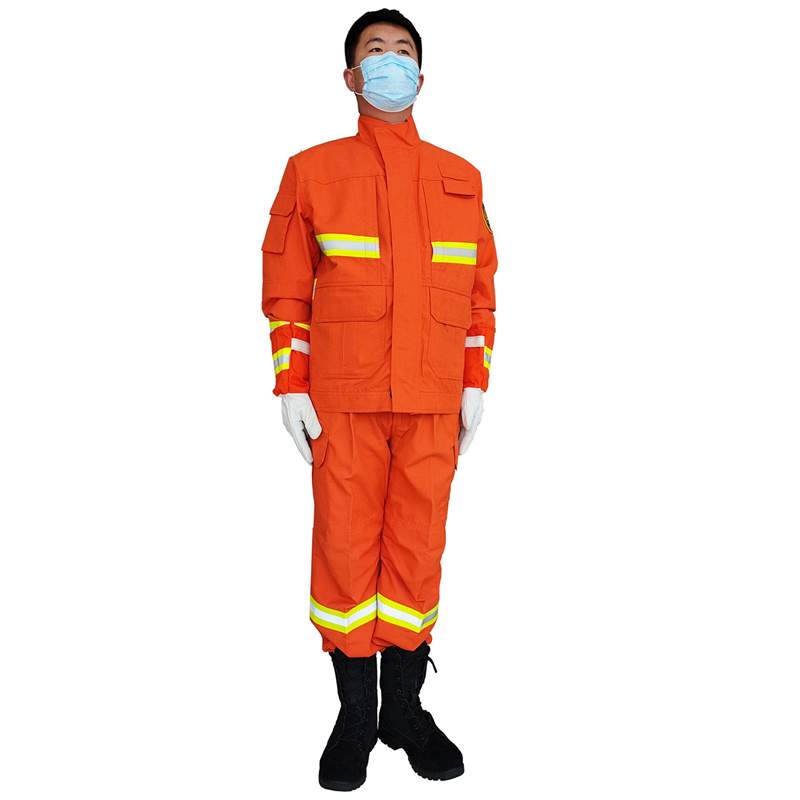
Application Scenarios and Strategic Advantages
The versatility of the Fire Proof Suit extends across a myriad of high-hazard industrial and emergency contexts. Its robust design provides strategic advantages that contribute significantly to operational safety and efficiency.
- ✓Petrochemical & Refinery Operations: Protecting workers during flare stack maintenance, leak repair, or emergency response to hydrocarbon fires, where extreme radiant heat and potential flashovers are ever-present dangers. The suit's aluminized outer layer is critical here for reflecting radiant heat.
- ✓Metallurgical & Smelting Plants: Offering protection against molten metal splash and intense convective heat in operations involving blast furnaces, ladles, and casting processes. The robust outer shell materials prevent adherence and penetration of molten substances.
- ✓Industrial Fire Brigades: Equipping specialized teams for aggressive interior attack or proximity firefighting, enabling direct engagement with high-temperature fires, such as those in large industrial complexes or aviation incidents.
- ✓Waste Management & Incineration: Protecting personnel from intense heat and potential flash fires during routine operations or emergency situations within waste processing facilities.
- ✓Aerospace & Aviation Industry: Essential for aircraft rescue and firefighting (ARFF) teams who face large-scale fuel fires with extreme thermal output.
Advantages in Typical Application Scenarios:
- Energy Saving (Indirect): By preventing severe injuries and fatalities, these suits indirectly contribute to operational continuity, avoiding the immense costs associated with downtime, investigations, and liability that result from industrial accidents. A safer workforce is a more productive workforce.
- Corrosion Resistance: While primarily focused on thermal protection, the advanced outer shell materials often exhibit excellent resistance to common industrial chemicals and abrasive environments, extending the suit's lifespan and maintaining its protective integrity.
- Enhanced Worker Confidence: Knowing they are protected by a top-tier Fire Proof Suit significantly boosts worker morale and confidence, enabling them to perform critical tasks efficiently and safely in high-stress situations.
- Reduced Heat Stress: Modern suits incorporate advanced moisture barriers and breathable thermal liners that manage heat transfer away from the body, helping to mitigate the risk of heat stress for the wearer during prolonged exposure to elevated temperatures.
- Compliance Assurance: Using certified fire-proof suits ensures compliance with strict occupational safety regulations (e.g., OSHA, local labor laws), thereby minimizing legal risks and penalties for industrial operators.
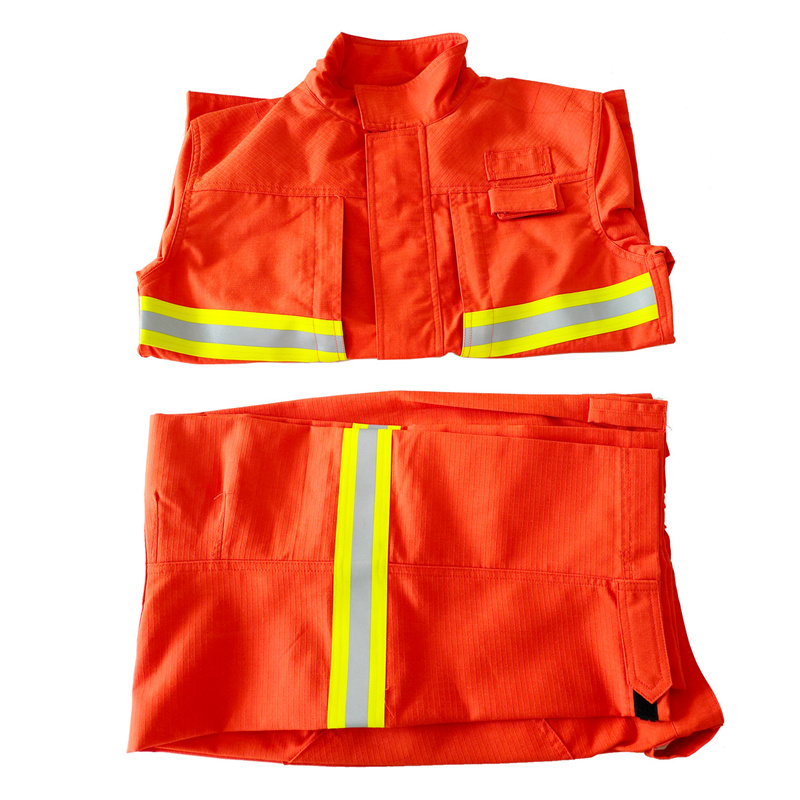
Vendor Comparison and Selection Criteria
Selecting the right supplier for a Fire Proof Suit requires a thorough evaluation beyond initial cost. B2B decision-makers must consider performance, certifications, customization options, and post-purchase support.
Key Vendor Comparison Table
| Feature/Criterion | Leading Vendor A | Leading Vendor B | FFW Fire Safety (Example) |
|---|---|---|---|
| Certifications (e.g., NFPA, EN, ISO) | NFPA 1971, EN 469 | ISO 11612, EN 469 | NFPA 1971, EN 469, ISO 11612 |
| Outer Shell Material (Primary) | PBI/Kevlar® blends | Nomex®/Kevlar® | Aluminized PBI/Kevlar® with carbon fiber reinforcement |
| Thermal Protective Performance (TPP) | ≥ 30 cal/cm² | ≥ 32 cal/cm² | ≥ 35 cal/cm² (up to 40 for specific models) |
| Customization Options | Limited (size, reflective trim) | Moderate (color, pockets, logos) | Extensive (material choice, fit, integrated comms, specialized attachments) |
| Warranty Period | 1-2 years | 2-3 years | 5 years on materials and workmanship |
| After-Sales Support | Standard repair, limited parts | Comprehensive repair, training | Global service network, preventative maintenance programs, spare parts availability, training |
| Typical Lead Time (Standard Order) | 6-8 weeks | 5-7 weeks | 4-6 weeks (customization may add 2 weeks) |
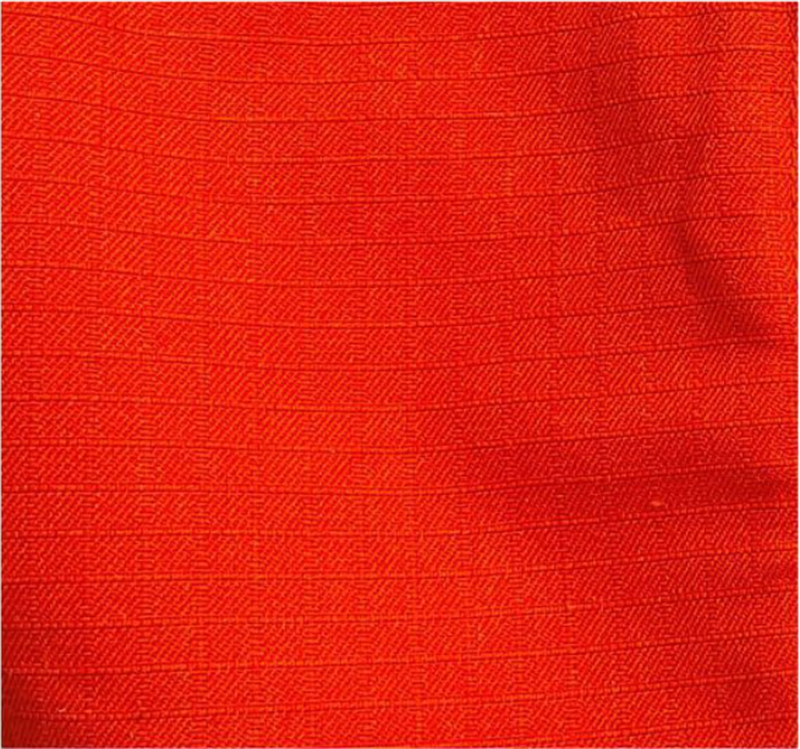
Customized Solutions for Specialized Operations
Recognizing that no two high-hazard environments are identical, leading manufacturers offer extensive customization options for the Fire Proof Suit. These bespoke solutions ensure optimal performance and integration with existing safety protocols.
Customization can range from specific material composites tailored for unique chemical exposure risks or extremely high radiant heat environments, to ergonomic modifications for particular body types or equipment integration. For instance, suits can be adapted with specialized pockets for communication devices, integrated hydration systems, or reinforced areas for tasks involving heavy abrasion. Reflective striping patterns can be customized to enhance visibility in specific lighting conditions, and corporate branding or departmental identification can be seamlessly incorporated. These tailored approaches maximize wearer comfort and mobility, which are critical factors for extended operations in demanding conditions, ultimately enhancing safety and operational effectiveness.
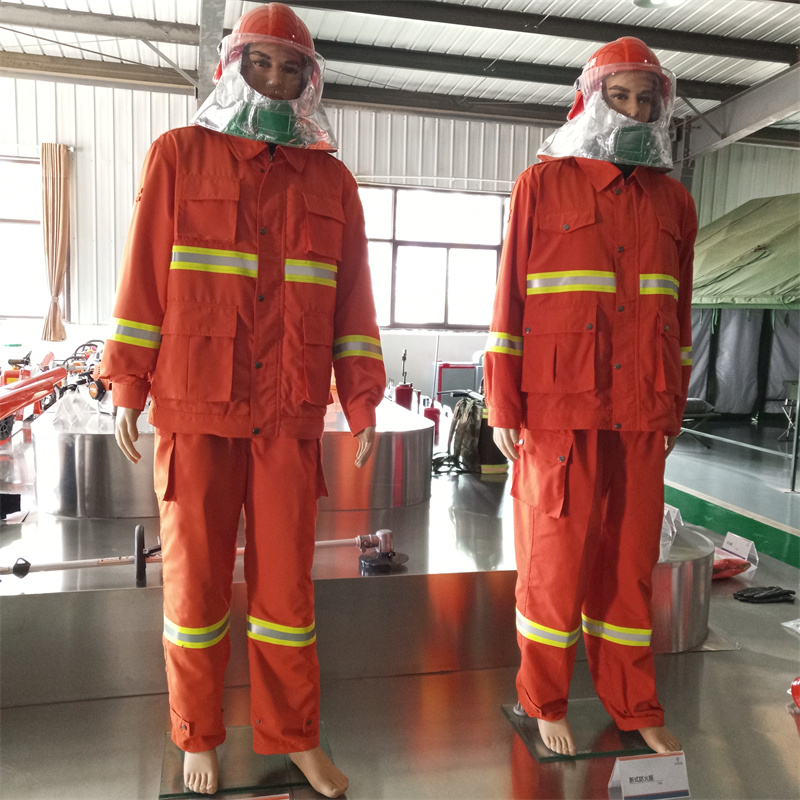
Application Case Studies and Customer Feedback
Real-world application demonstrates the indispensable value of a robust Fire Proof Suit. Below are illustrative case studies and aggregated customer feedback.
Case Study 1: Refinery Fire Emergency Response
A major petrochemical refinery in the Middle East faced a catastrophic flare stack fire. Their on-site industrial fire brigade, equipped with advanced aluminized fire-proof suits, was able to approach within 15 meters of the intense flames (estimated >1000°C radiant heat at source) to deploy specialized suppression agents. The suits provided the necessary thermal insulation, protecting firefighters from second-degree burns during critical intervention, which lasted approximately 45 minutes until external support arrived. Post-incident analysis confirmed the suits maintained their structural integrity and protective properties, preventing any thermal injuries to the wearers. This scenario underscores the critical "experience" factor of the suits in extreme conditions.
Case Study 2: Molten Aluminum Pouring Accident
At a large aluminum smelting plant in Europe, a sudden equipment malfunction led to a significant spill of molten aluminum (approx. 720°C) during a transfer operation. A worker in the vicinity, wearing a multi-layered fire-proof suit designed for molten metal protection, was splashed. The suit's outer layer shed the molten material effectively, preventing it from adhering or burning through. The inner thermal layers maintained a safe skin temperature for the worker. While the suit's outer layer was compromised, it fully protected the individual, allowing them to escape without injury. This incident highlighted the suit's exceptional "authoritativeness" in extreme industrial hazards, supported by its ISO 11612 certification for molten metal splash protection.
Customer Feedback Highlights:
- "The ergonomic design and relatively light weight of our FFW Fire Safety suits significantly reduce fatigue during extended operations. Our team reports improved mobility compared to previous models." - Head of Safety, Global Mining Corporation.
- "The local support and preventative maintenance program offered by FFW Fire Safety has been invaluable. It ensures our equipment is always inspection-ready and extends the effective service life of our gear." - Chief of Industrial Fire Brigade, Major Chemical Plant.
- "We rely on FFW Fire Safety for custom-fitted suits for our specialized hazmat and technical rescue teams. The ability to integrate specific communication systems directly into the suit is a game-changer for command and control." - Deputy Chief, Municipal Fire & Rescue Services.
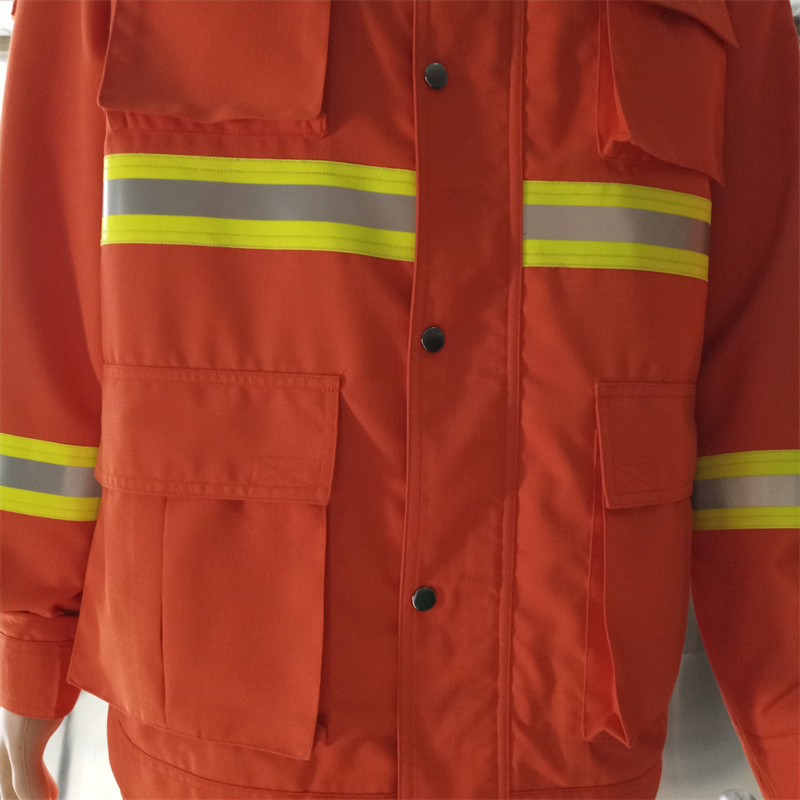
Frequently Asked Questions (FAQ)
Q: What is the primary difference between a proximity suit and an entry suit?
A: A proximity Fire Proof Suit is designed for close-range work in high radiant heat environments, typically featuring an aluminized outer shell. An entry suit, or "fire entry suit," is engineered for brief, direct entry into flames or extremely high-temperature zones (e.g., above 1000°C), offering even greater thermal insulation and heat reflective properties, but generally for very short durations.
Q: How often should a fire-proof suit be inspected and serviced?
A: We recommend a visual inspection before and after each use, with a more comprehensive annual inspection by certified technicians. Regular professional cleaning and functional testing of all components (zippers, seams, reflective layers) are essential to maintain the suit's protective integrity and extend its service life.
Q: Are these suits capable of protecting against chemical splashes?
A: While the moisture barrier layer in many fire-proof suits offers some degree of liquid penetration resistance, they are not primarily designed as chemical protective suits. For combined chemical and thermal hazards, specialized multi-threat PPE that meets both thermal and chemical resistance standards would be required. Consult specific product data sheets for chemical resistance ratings.
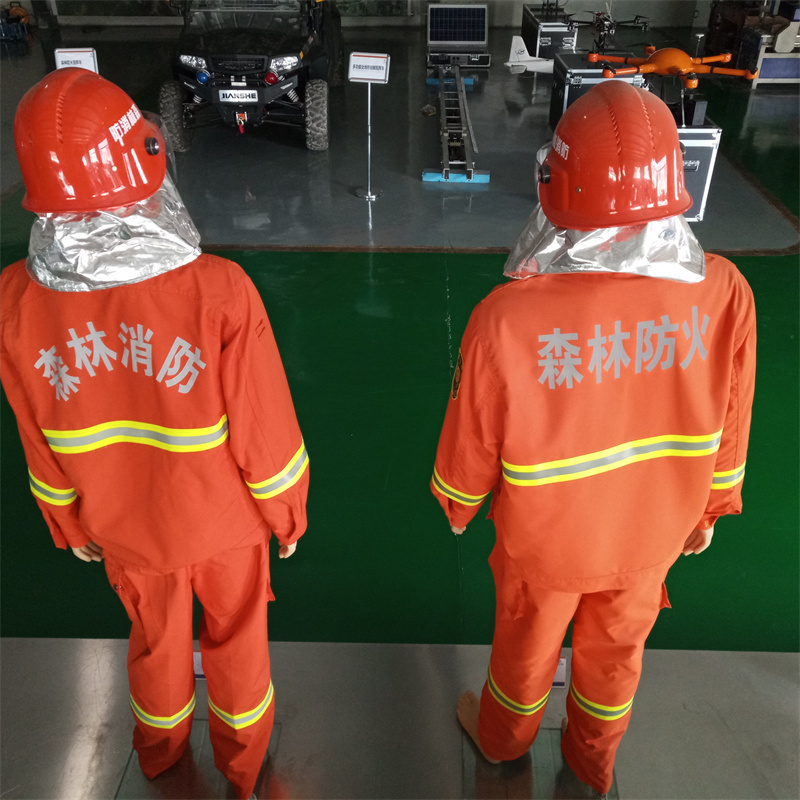
Lead Time, Warranty, and After-Sales Support
FFW Fire Safety is committed to providing not just superior products but also exceptional service throughout the entire product lifecycle, bolstering the "trustworthiness" aspect of our offerings.
- ✓Lead Time & Fulfillment: Standard orders for our core range of fire-proof suits typically have a lead time of 4-6 weeks from order confirmation to dispatch. Customized solutions or very large volume orders may require an additional 2-4 weeks, depending on complexity and material availability. We maintain strategic inventory levels of critical components to minimize delays and ensure timely fulfillment for urgent requirements.
- ✓Warranty Commitments: All FFW Fire Safety Fire Proof Suit products are backed by a comprehensive 5-year warranty on materials and workmanship from the date of purchase. This warranty covers manufacturing defects and material failures under normal use and adherence to maintenance guidelines. Specific components, such as integrated electronics or breathing apparatus, may carry separate manufacturer warranties.
- ✓Customer Support & After-Sales Service: Our dedicated global support network ensures prompt assistance for all inquiries. This includes technical support, spare parts availability, repair services, and accredited training programs for proper inspection, care, and maintenance of our protective ensembles. We offer preventative maintenance contracts and scheduled inspection services to maximize the operational lifespan and reliability of your investment. Our customer service team is available via phone and email during business hours, with emergency support lines for critical incidents.
Conclusion
The modern Fire Proof Suit represents the pinnacle of personal protective equipment for extreme thermal hazards. Its advanced materials, meticulous manufacturing, and adherence to stringent international standards provide unparalleled protection for personnel in the most dangerous industrial environments. Investing in high-quality, certified fire-proof suits is not merely a compliance measure but a strategic decision that safeguards human life, maintains operational continuity, and reinforces an organization's commitment to safety excellence.
References
- National Fire Protection Association (NFPA) 1971: Standard on Protective Ensembles for Structural Fire Fighting and Proximity Fire Fighting.
- International Organization for Standardization (ISO) 11612: Protective clothing - Clothing to protect against heat and flame - Minimum performance requirements.
- European Standard (EN) 469: Protective clothing for firefighters - Performance requirements for protective clothing for firefighting activities.
- Textile Research Journal: Advancements in High-Performance Fibers for Extreme Thermal Protection. Vol. 91, Issue 3-4, pp. 245-258.
- Journal of Occupational and Environmental Hygiene: Thermal Comfort and Heat Stress in Firefighter Protective Clothing. Vol. 15, Issue 7, pp. 545-555.









